It is the year 2019 and one of the worst wildfires in modern human history has just begun. It started as a relatively small bushfire sparked by lightning but has since rapidly expanded into a raging maelstrom of fire. Literally billions of animals (and a few dozen people as well) are roasted alive in the flames or choke to death from the immense and unending clouds of smoke. Millions of acres of previously pristine land are utterly destroyed but even then the fire does not stop there. The devastation and death continue on for five long months creating an immense cloud of smoke the size of Europe.
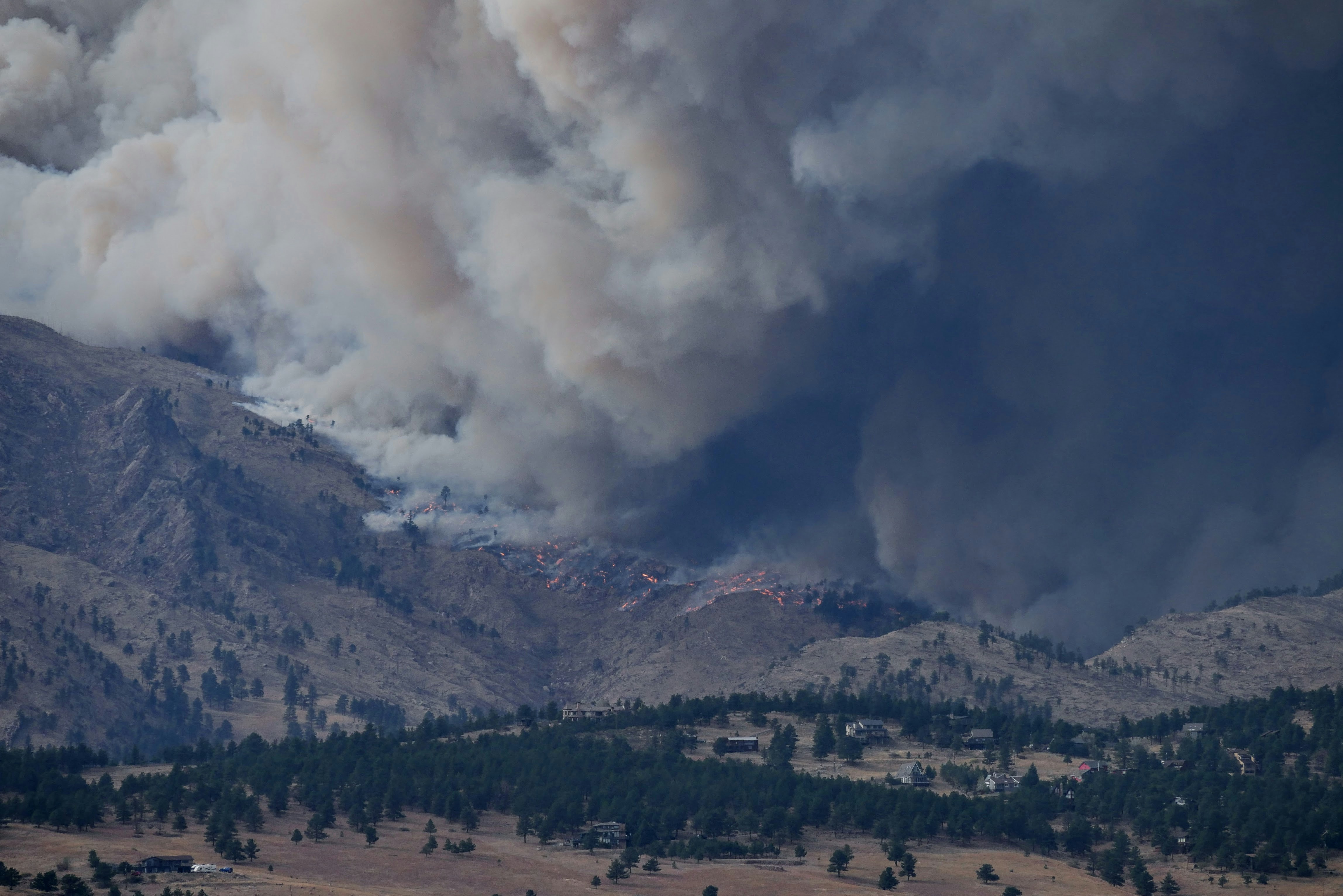
Image Credit: Malachi Brooks from Unsplash
After reading that description you may recognize it as the Australian bushfire that burned 13.6 million acres of land all over Queensland and New South Wales. That single fire created so much smoke that it blew a much larger hole in the ozone layer over Antarctica, formed 18 massive thunderclouds also known as pyrocumulonimbus clouds, and increased the temperature of the entire continent by a whole degree Celsius for six months. 1 million tons of smoke were launched high into the atmosphere. However, this imagery is becoming an all too common occurrence worldwide.
The Jaspar wildfires of 2024 in Canada burned down thousands of acres of land within Jaspar National Park which happens to be part of a World Heritage site. During that same year, a record-setting forest fire in the Amazon, one of the most biodiverse and stunning places on Earth, burned tens of thousands of square miles of precious rainforest. Slightly more recently the California wildfires that occurred in January of this year burned vast tracts of land. It is not just wildfires that are appearing more frequently and with more destruction though. Last year Germany experienced catastrophic floods, and this year severe storms and extreme flooding hit the southern and Midwestern US in April. As well as that, the droughts in Namibia and the Horn of Africa are still going on.
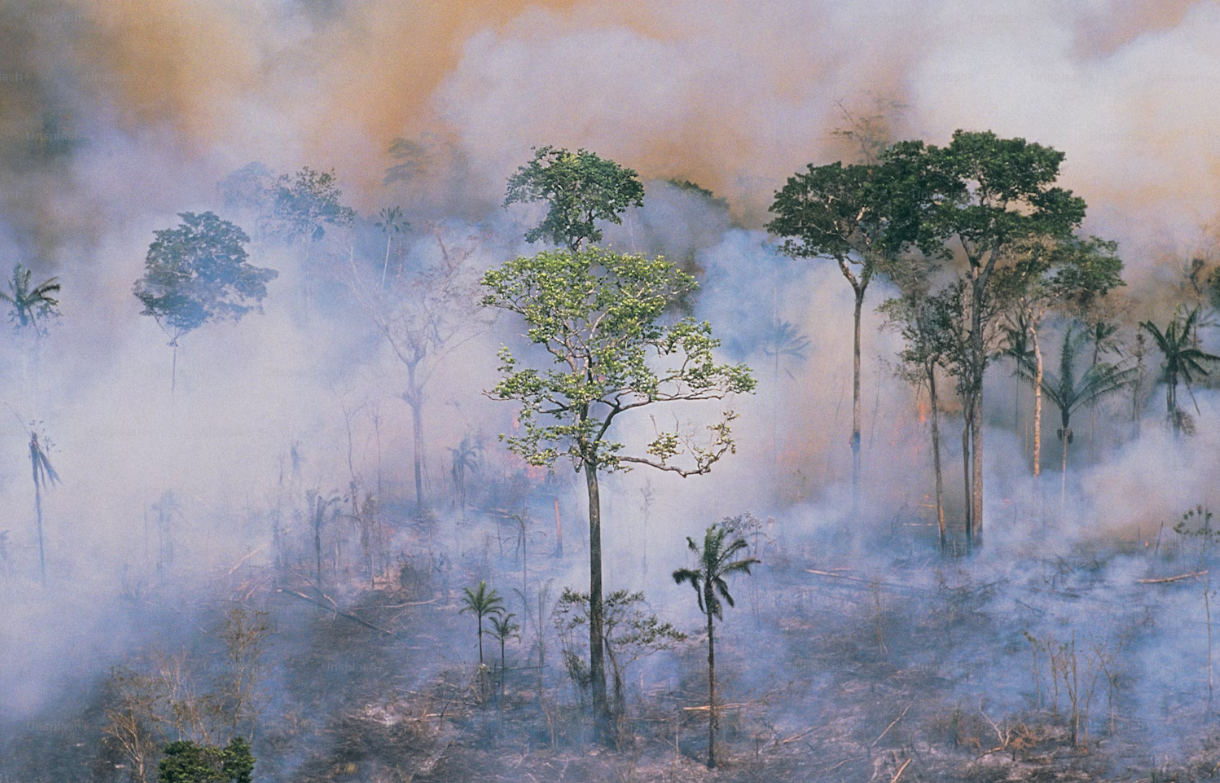
Image Credit: Getty Images from Unsplash
I could very easily go on. The fact is, these events are becoming more and more common, and more and more destructive as a direct result of the more and more greenhouse gases we are pumping into the atmosphere. With all of this activity we are creating a multifaceted force of devastation and catastrophe that scientists refer to under one term. Climate change.
Now, you may be wondering how something so simple as a warming atmosphere can cause so much destruction. The reason for that is that as the atmosphere warms, it influences and changes the climate. Now the definition of climate is the prevailing weather conditions in a certain area.
That means that climate includes everything from trade winds and jet streams to the amount of rainfall and precipitation in certain areas to seasonal storms and natural events such as hurricanes, typhoons, tornadoes, wildfires, and monsoons. If something influences the climate, that influence affects everything else and that is exactly what is happening now.
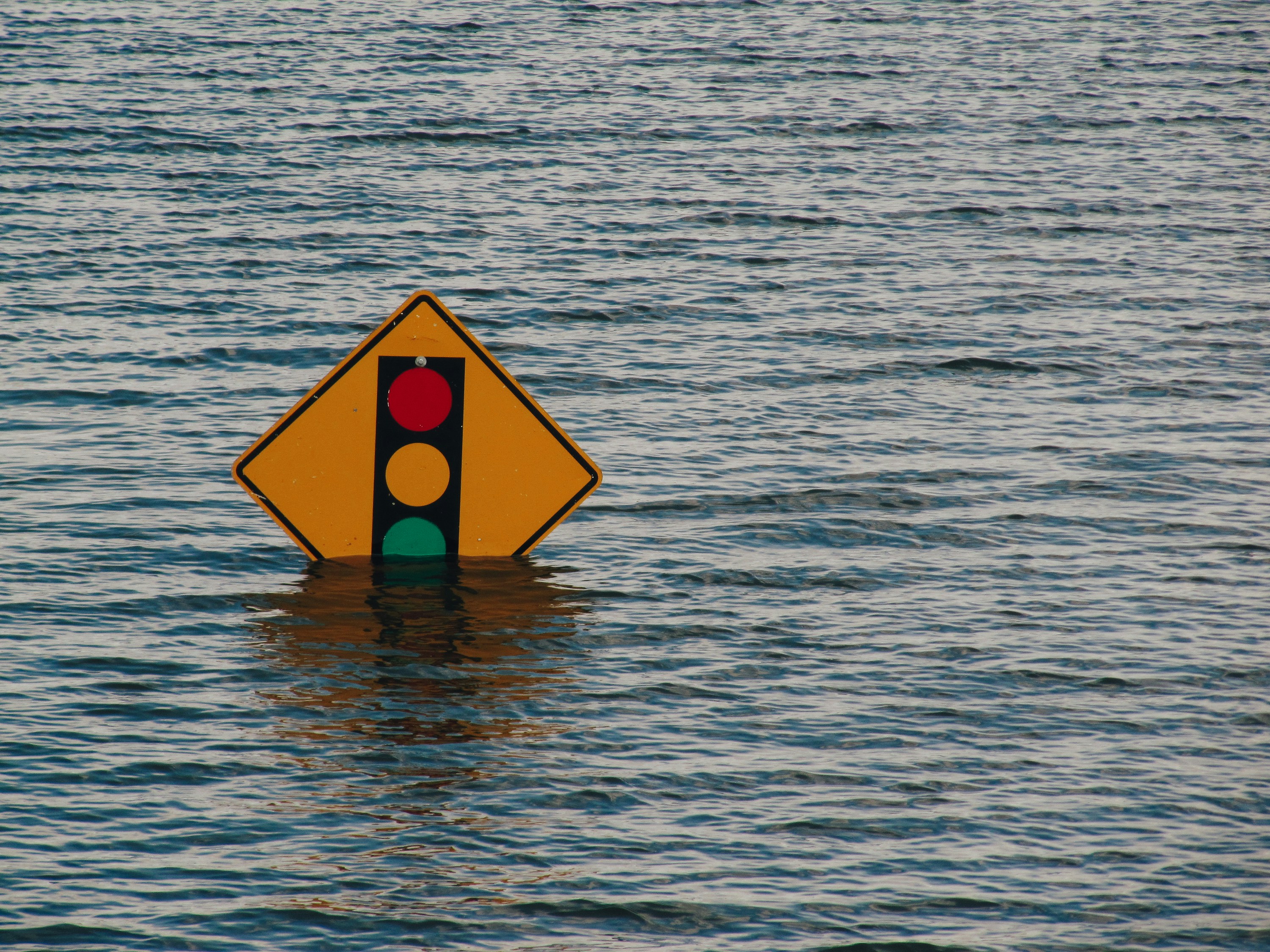
Image Credit: Kelly Sikkema from Unsplash
Major climate-related disasters have increased in number by 83% in the past 20 years alone as a direct result of climate change. Between the years 1980 and 1999, there were 3656 climate-related disasters. Between 2000 and 2019, there were 6681, resulting in trillions of dollars in damage and at least hundreds of thousands of human deaths. Major floods have doubled in number, and severe storms have increased by 40%.
As a result, what we humans are doing to the world now will, no joke, change the face of the entire planet for tens of thousands, if not hundreds of thousands of years to come. It also turns out that these next few years are absolutely critical for what happens next. We are approaching tipping points.
To stay below either 1.5 degrees Celsius or 2 degrees Celsius, global emissions must start dropping by 2025. If you know what the year is that may seem like bad news to you but in reality global emissions may have already peaked. This means that the goal of staying below or at least at 2 degrees Celsius temperature rise is still possible. And this cannot be stated strongly enough, we must prevent a global temperature rise of above 2 degrees Celsius at all costs. The consequences of not doing so are far too severe.
This may all seem like an exaggeration, but it really is not. Just look at what is happening now, and the world has only increased in temperature by 1.1 degrees Celsius. Just think about what lies ahead.
Even limiting the world to 2 degrees Celsius temperature rise will still doom 99% of coral reefs to extinction and cause a drying out of up to 30% of the entire world’s land surface. Action is needed more now than ever to be taken against climate change, and you absolutely need to be one of the ones to do it.
Unless someone like you cares a whole awful lot, nothing is going to get better. It’s not.
~The Lorax by Dr. Seuss
If you would like to learn more about climate change, you can read this longer article that I also wrote: Climate Change Article.pdf




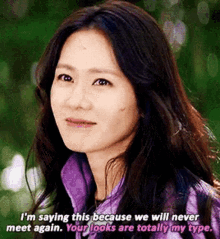






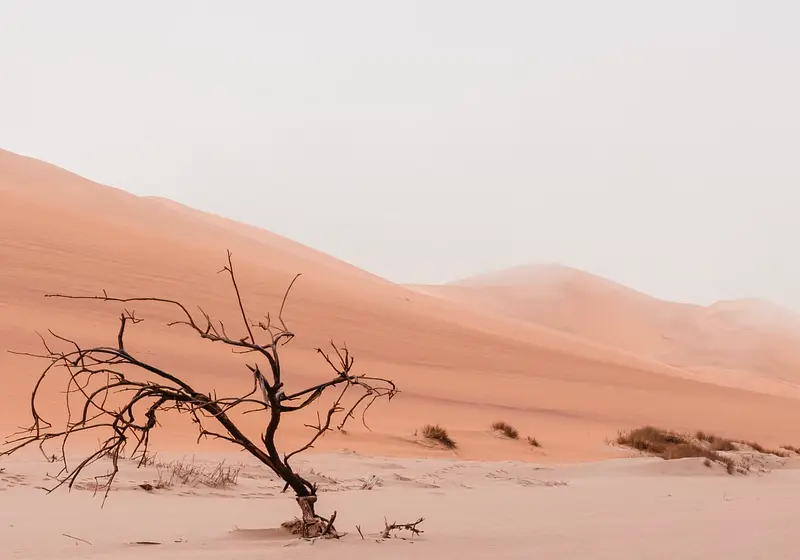


.jpg)